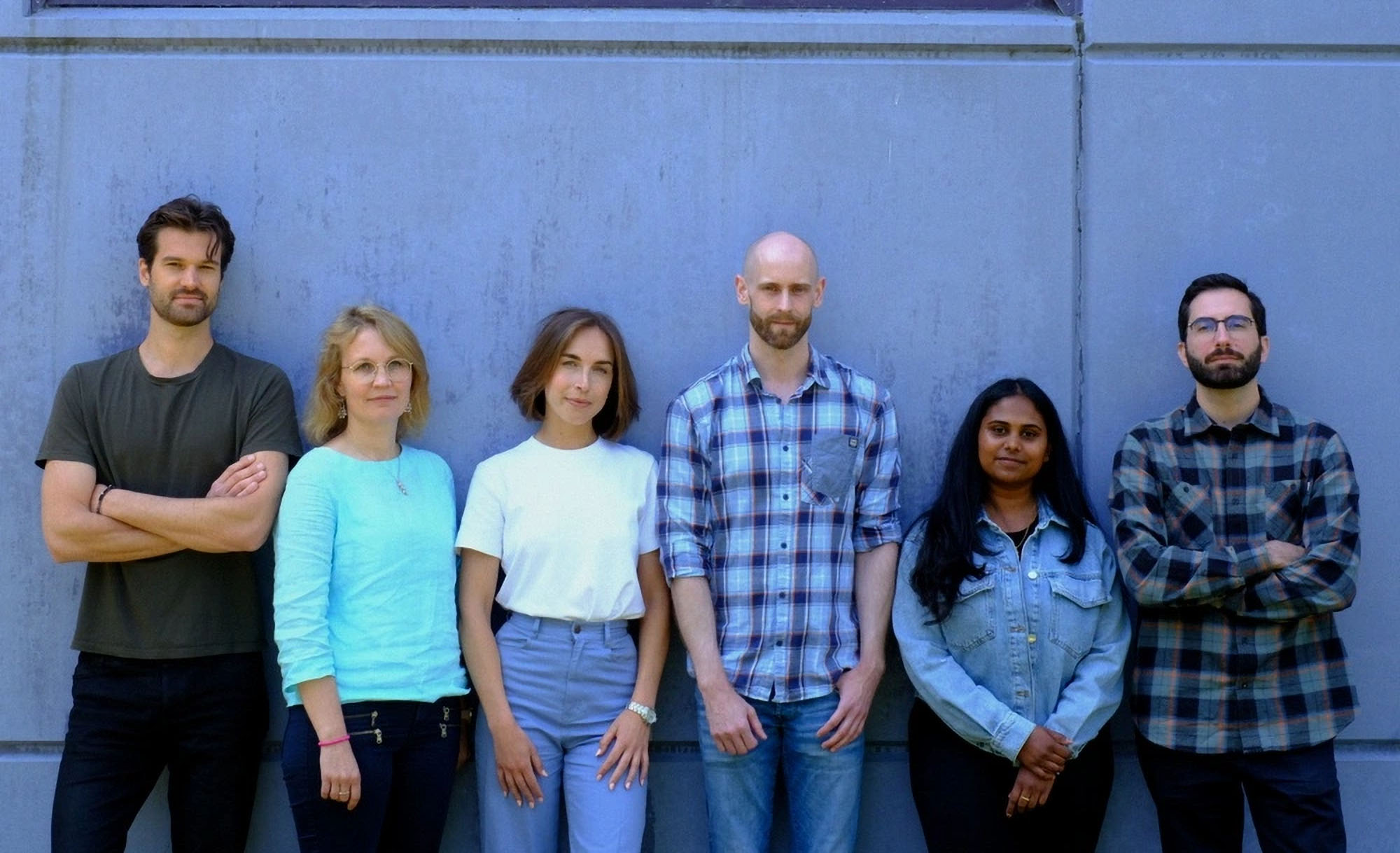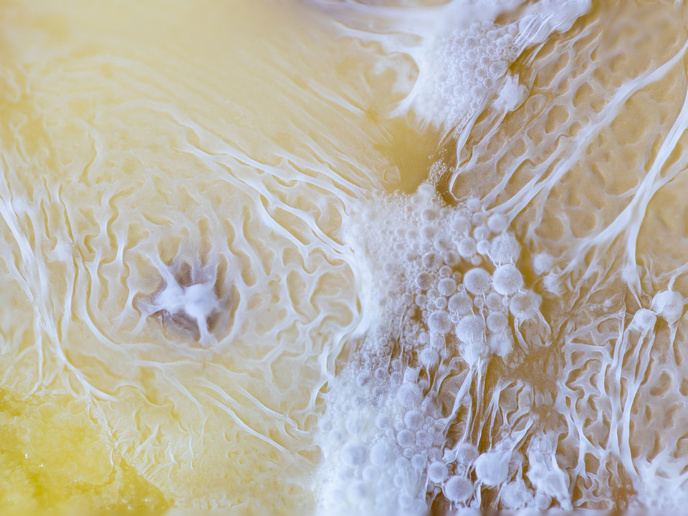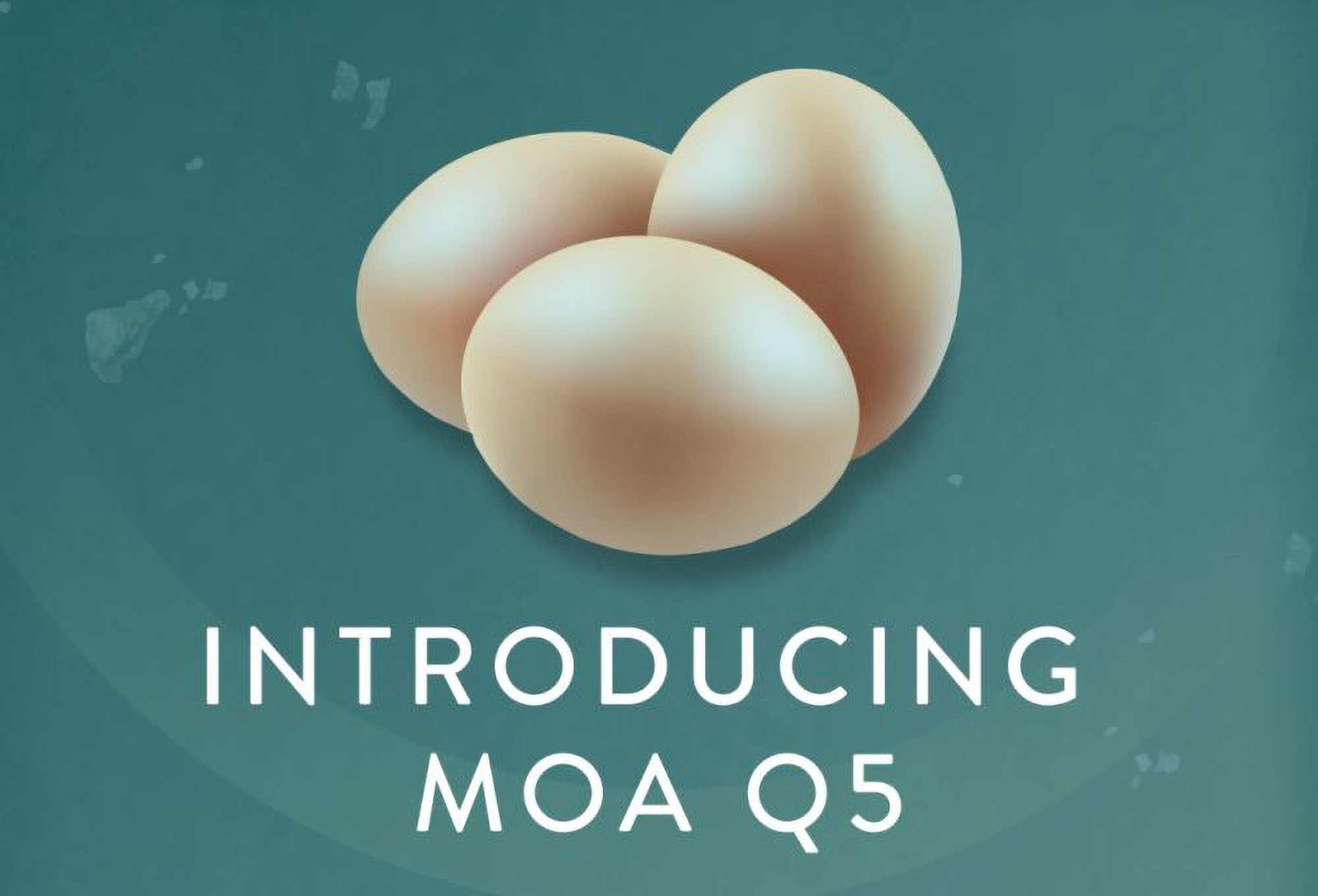

University of Queensland finds algae key to faster tissue growth and cheaper cultivated meat
Growing new skin for burn victims – and even producing lab-grown meat at lower cost – could become significantly faster and more affordable, thanks to a breakthrough method from researchers at the University of Queensland.
Dr Melanie Oey and her team at the university’s Institute for Molecular Bioscience have developed an innovative technique using a new strain of Queensland algae called Chlorella BDH-1. When co-cultivated with mammalian cells, this algae acts as a built-in life-support system, helping tissue cells grow more efficiently.
“Our work shows muscle cells co-cultivated with the algae grow faster, live longer and require fewer expensive additives,” said Dr Oey. “The algae act like tiny life-support systems that can solve multiple problems at once.”
This research, published in the Biotechnology Journal, could have sweeping benefits for tissue engineering and regenerative medicine. The team recorded more than an 80% increase in cell growth, up to three times the number of usable cells, and cell cultures that stayed viable longer than conventional methods. In addition, the need for animal cells was cut by 50%.
Beyond medical applications, the algae-assisted method might help make cultivated meat significantly more affordable. While Australia’s food regulator, Food Standards Australia New Zealand, has already approved the sale of cell-cultivated meat, the price of production remains a major hurdle for companies hoping to compete with traditional meat.

“The growing population requires more protein, but it’s the most expensive macronutrient, and animal farming is also a climate concern,” Dr Oey said. “But growing meat in the lab is expensive largely due to the nutrients and oxygen the cells need and the waste they produce.”
Traditional cell culture systems for both medical and food applications depend on costly growth factors and complex systems to deliver oxygen and remove toxic by-products. In the human body, blood performs this function. But in a laboratory, those processes require expensive technology and materials.
“In the human body blood delivers oxygen and removes waste, but in a lab setting you don’t have that system,” said Dr Oey. “By adding algae we’re essentially creating a mini-symbiosis or mutually beneficial interaction where the algae provide oxygen and take away waste, helping the cells grow better.”
Chlorella BDH-1 was specifically chosen because it does not consume glucose, meaning it does not compete with mammalian cells for vital nutrients. Instead, it produces oxygen naturally and removes waste products like carbon dioxide, creating a healthier environment for cell growth.
“It’s a simple idea with broad potential,” Dr Oey said. “By working with nature – using algae to improve the cellular environment – we’ve created a scalable way to support healthier, longer lasting and more efficient cell cultures.”
That scalability is particularly intriguing for cultivated meat producers, where high costs are one of the primary obstacles to bringing products to market at prices consumers are willing to pay. Cultivated meat involves growing animal cells in bioreactors rather than raising and slaughtering animals. However, maintaining these cell cultures is resource-intensive.
Dr Oey believes that integrating algae into the process could reduce both the operational costs and the environmental footprint of cultivated meat, positioning it as a sustainable, ethically acceptable alternative protein. “Our research could make cultivated meat a sustainable, affordable, ethically acceptable alternative protein source,” she said.
The potential uses for Chlorella BDH-1 extend even further. Researchers see opportunities to grow organoids – small, lab-grown clusters of cells that mimic the structure and function of real human organs. These organoids are valuable for testing drugs without resorting to animal experiments.
Pharmaceutical companies could also benefit from algae-assisted cell cultures, enabling them to grow and test cells more efficiently while using fewer expensive inputs and reducing overheads.
Though still in its research phase, the algae-based method signals a shift toward harnessing natural biological processes to improve the efficiency and sustainability of modern biotechnology. Whether used to heal human tissue or revolutionize the protein supply chain, Chlorella BDH-1 could offer a greener, more cost-effective path forward.
If you have any questions or would like to get in touch with us, please email info@futureofproteinproduction.com






